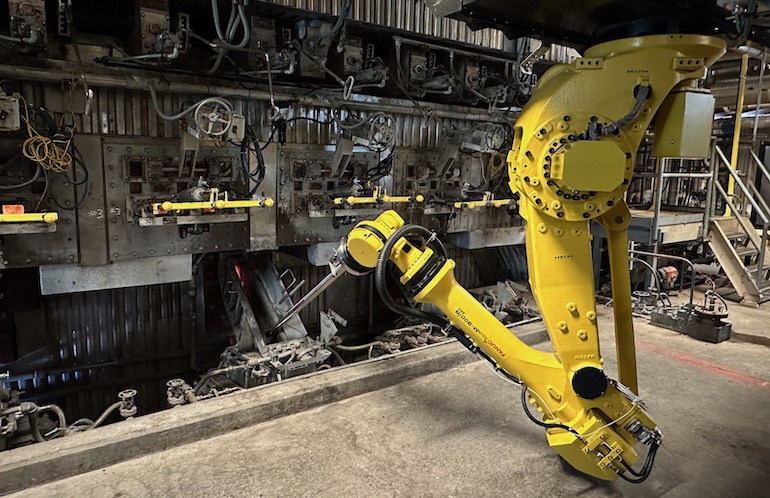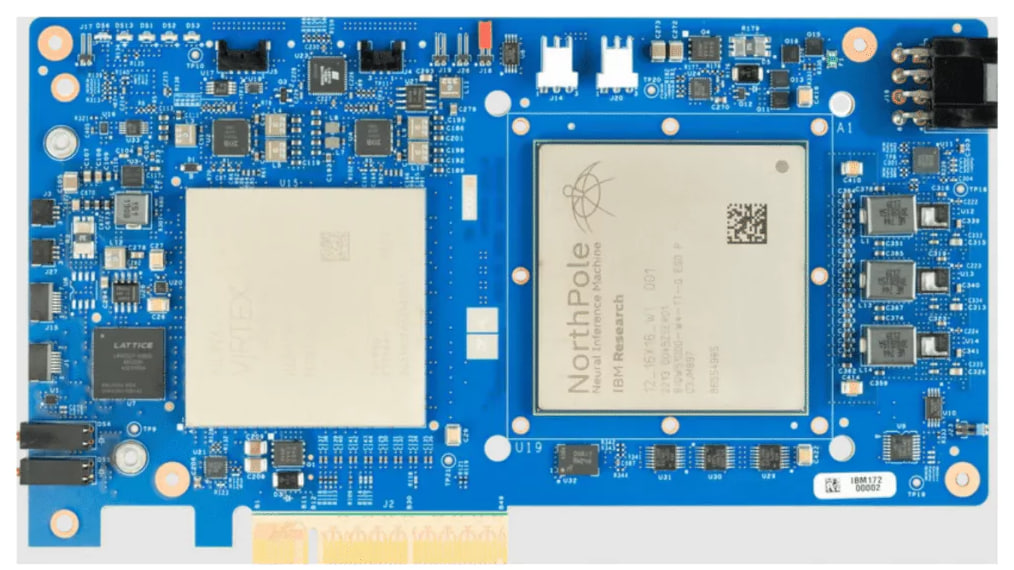Inaho, a Japanese robotics company, has been making significant advancements in its cherry tomato-harvesting robot, and it's gaining traction with Dutch farmers. The company's latest round of trials in the Netherlands, which wrapped up in July 2023, have demonstrated notable improvements in the robot's performance, making it an increasingly attractive option for growers.
One of the key challenges in automating soft produce harvesting, such as tomatoes and berries, is the delicate touch required to avoid damaging the fruits. However, Inaho's robot has shown marked progress in this area, with the company stating that its latest model has doubled its harvesting speed compared to the previous year, thanks to upgrades in its hardware and software.
"We want to expand the scales of our trials to get ready for commercializing our robots, and we are actively looking for some growers with a clear vision for the future," said Sohya Ohyama, Inaho's chief operating officer. "The growers can take advantage of becoming familiar with collaborative operations with robots at an early stage."
The Netherlands, which is the second-largest exporter of agricultural produce in the world, exporting €65 billion ($72 billion U.S.) annually, has been a prime testing ground for Inaho's robot. One of the company's cooperating growers, Kwekerij Duijvestijn BV, has already agreed to pay for the robot's harvesting performance since November 2023, a testament to the technology's growing viability.
"Preparing for higher labor costs and labor shortage is one of our priorities, and cooperation with inaho gives us an opportunity to get used to working with harvesting robots," said Nick Duijvestijn, the owner of Kwekerij Duijvestijn BV. "Inaho's robot is easy to operate for the employees, and our tomatoes are harvested safely without any damage to the fruits and plants."
Inaho's robot is not the only one making waves in the automated harvesting market. Other companies, such as Ridder and Four Growers, have also developed their own tomato-picking robots, each with their own unique features and capabilities. As the demand for automated solutions continues to grow, driven by labor shortages and the need for increased efficiency, these robotics companies are poised to play a crucial role in the future of agriculture.
Overall, Inaho's progress with its tomato-picking robot represents a significant step forward in the quest to automate one of the most labor-intensive tasks in the farming industry. As the company continues to refine its technology and expand its partnerships with growers, it could pave the way for a new era of collaborative human-robot farming operations.


















